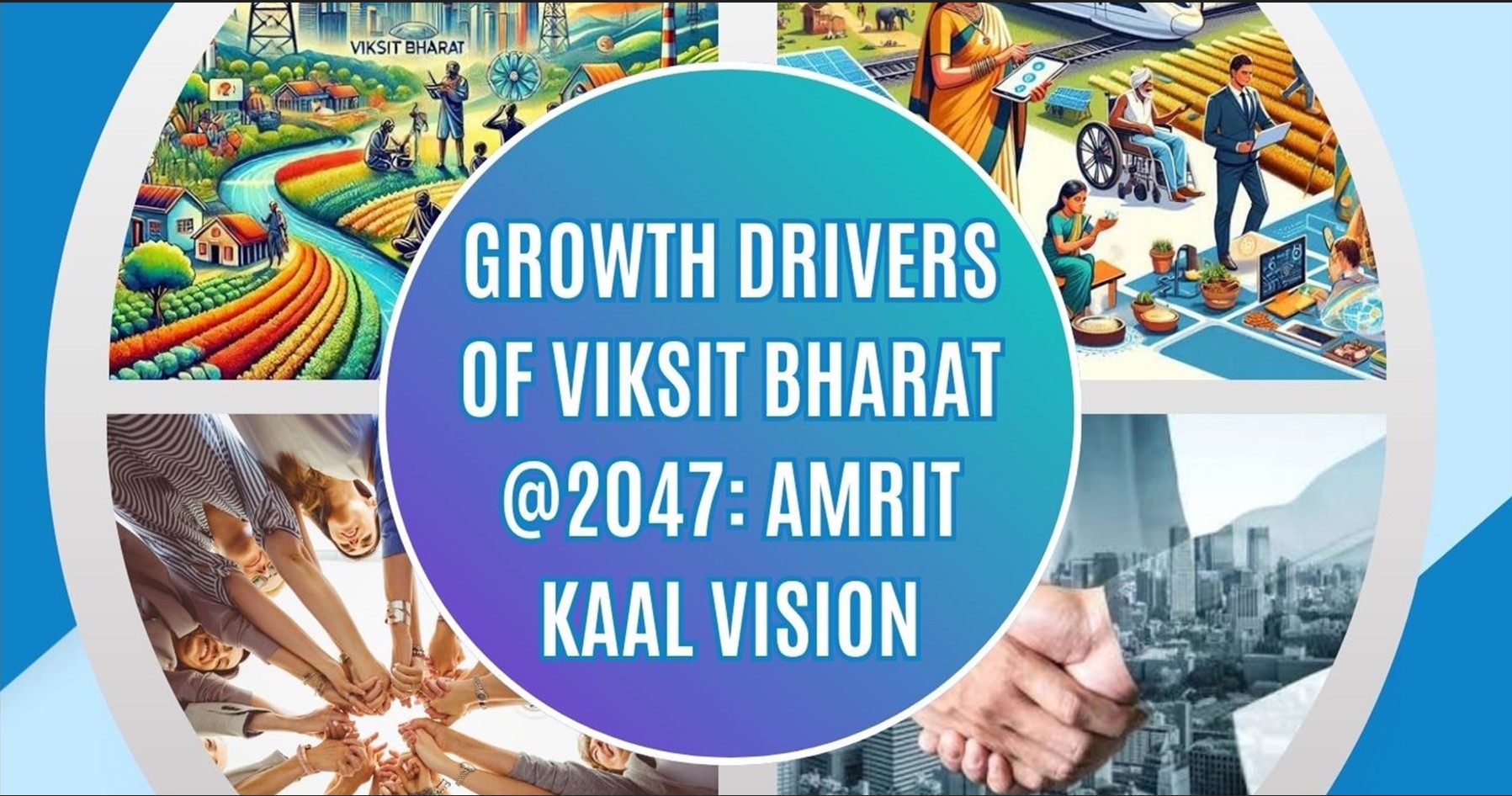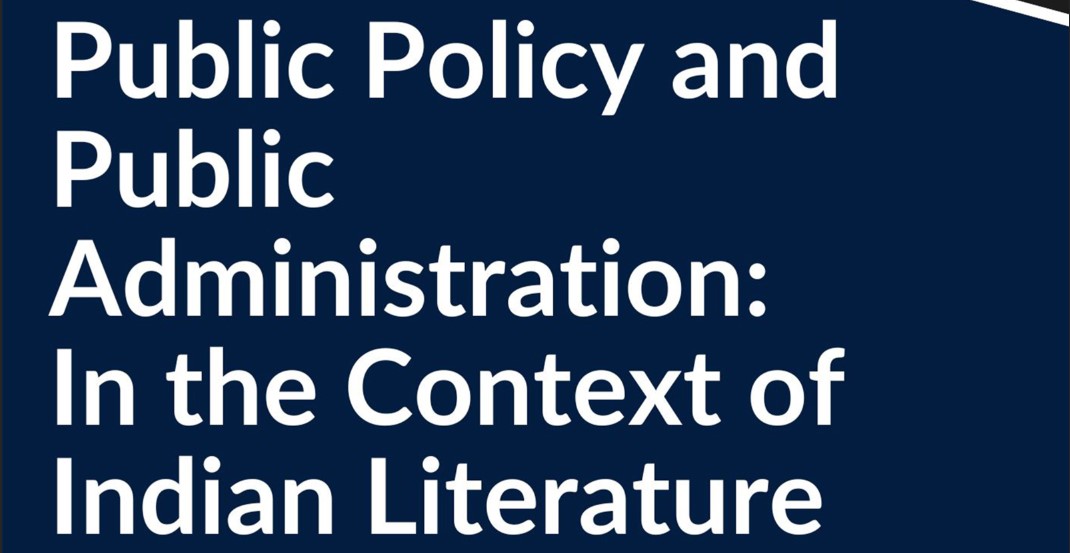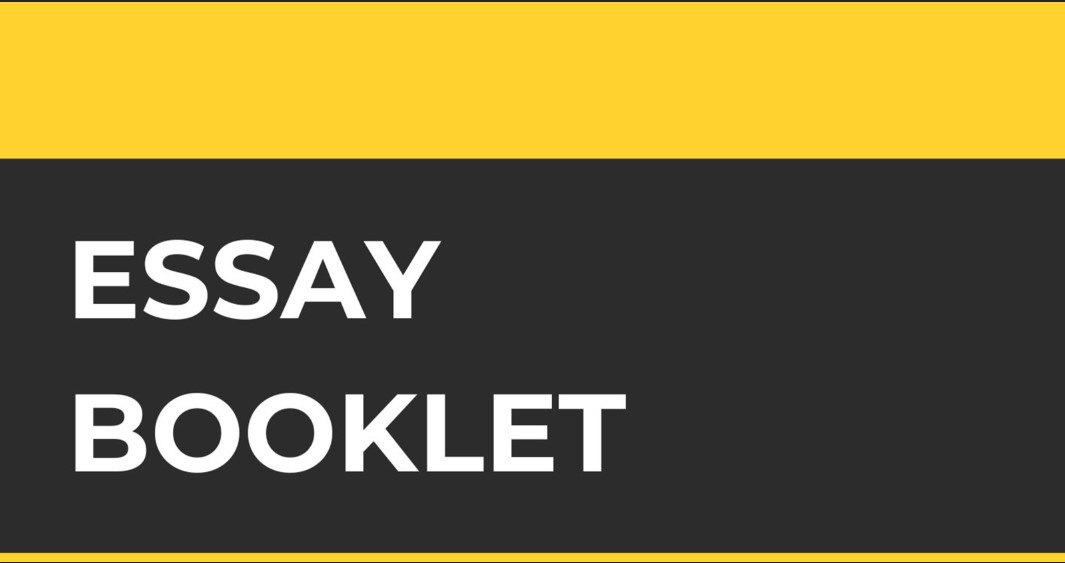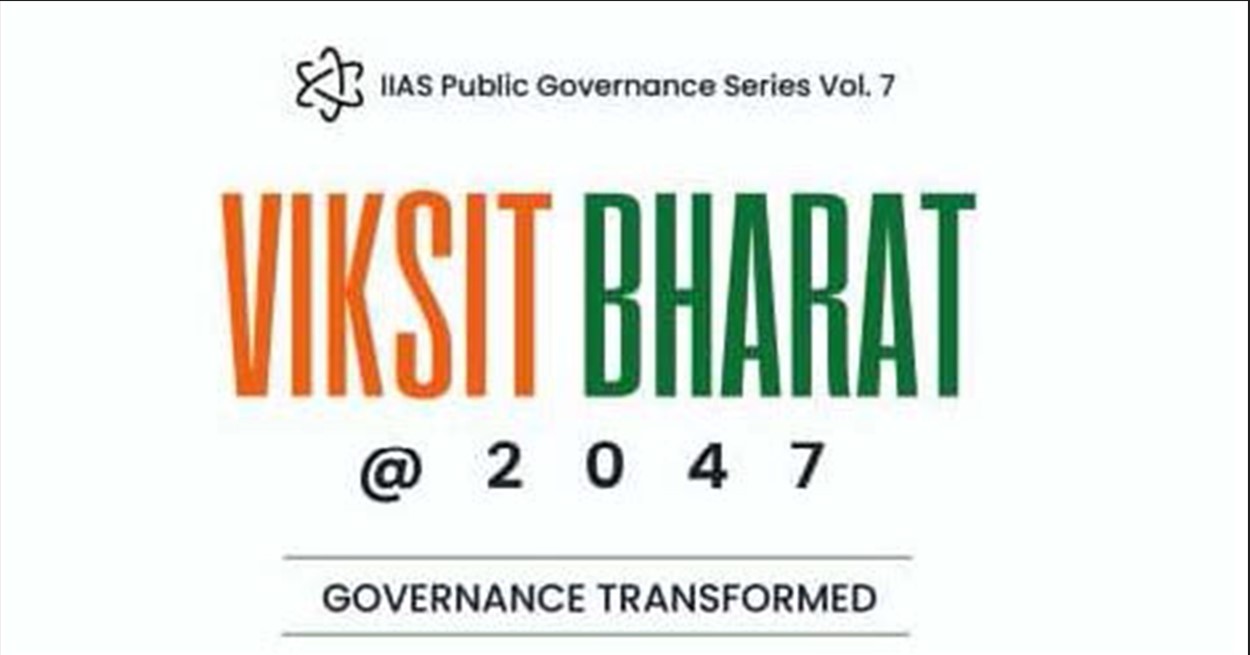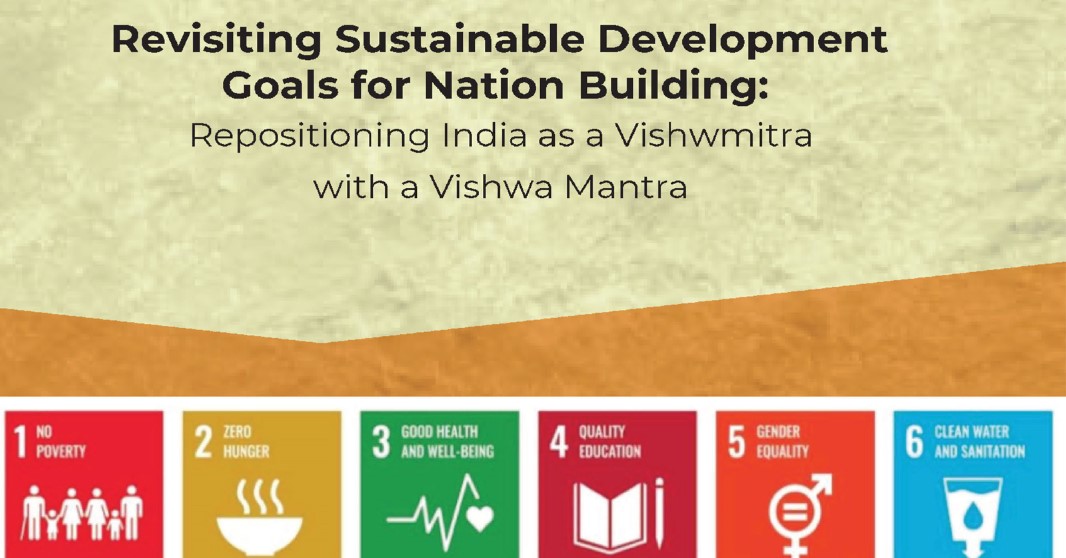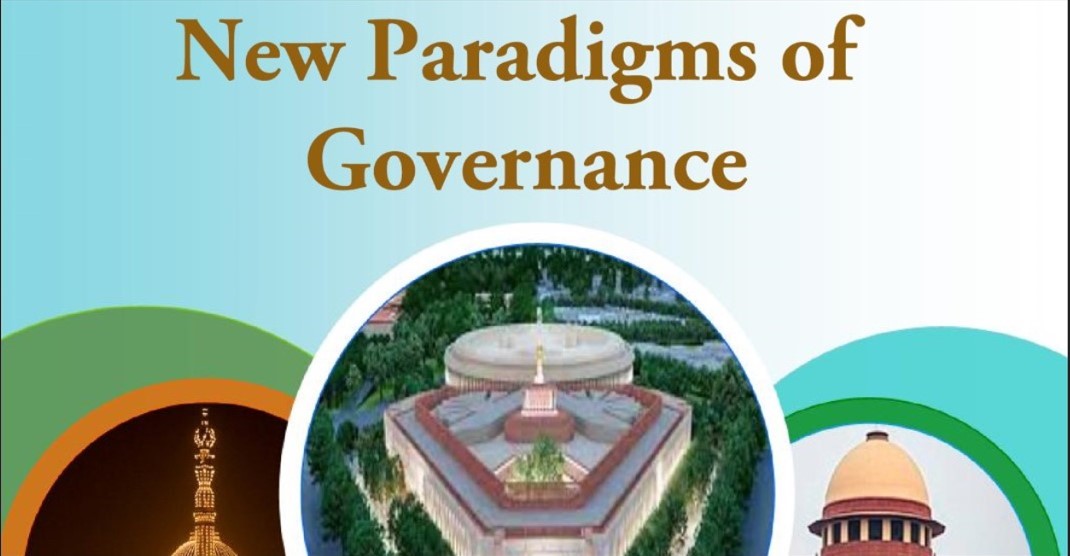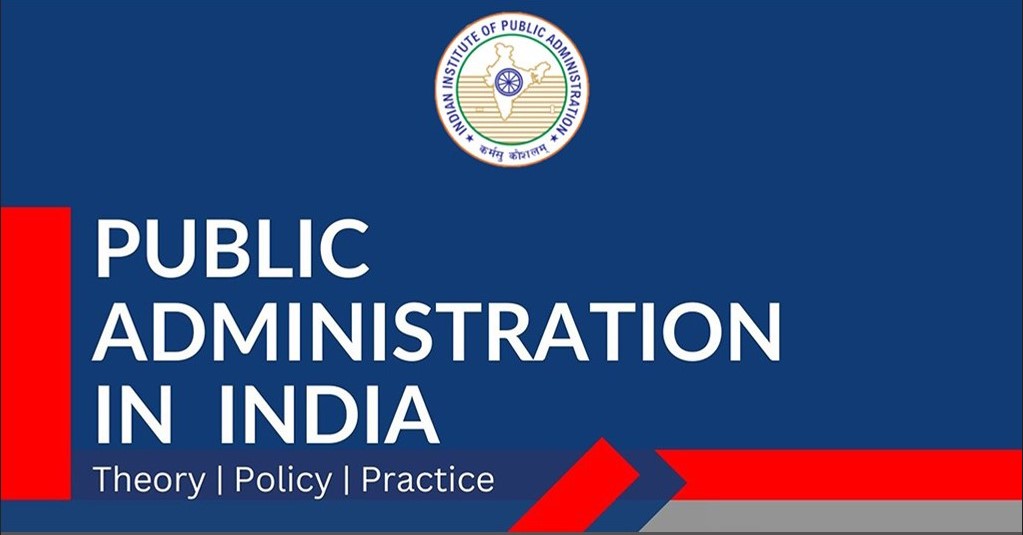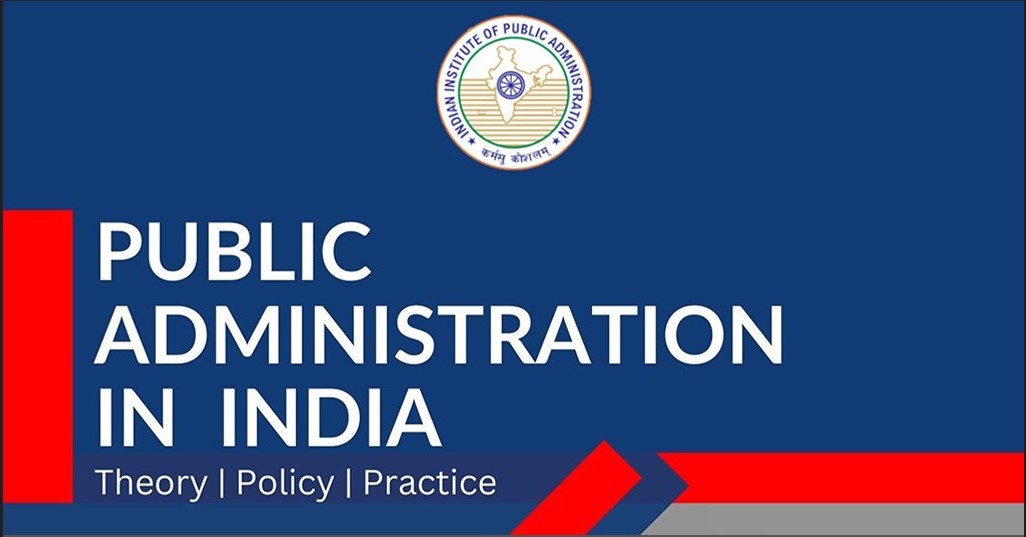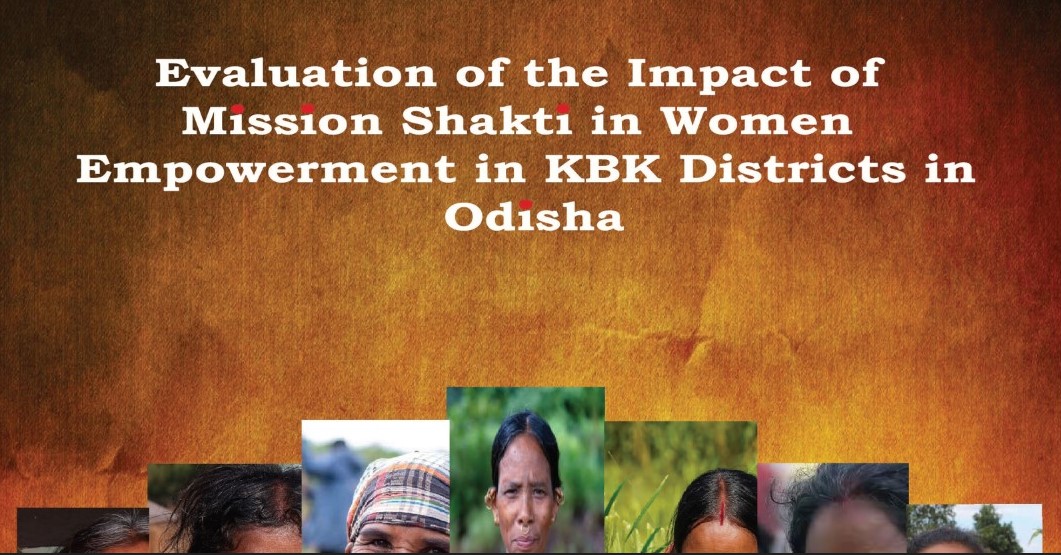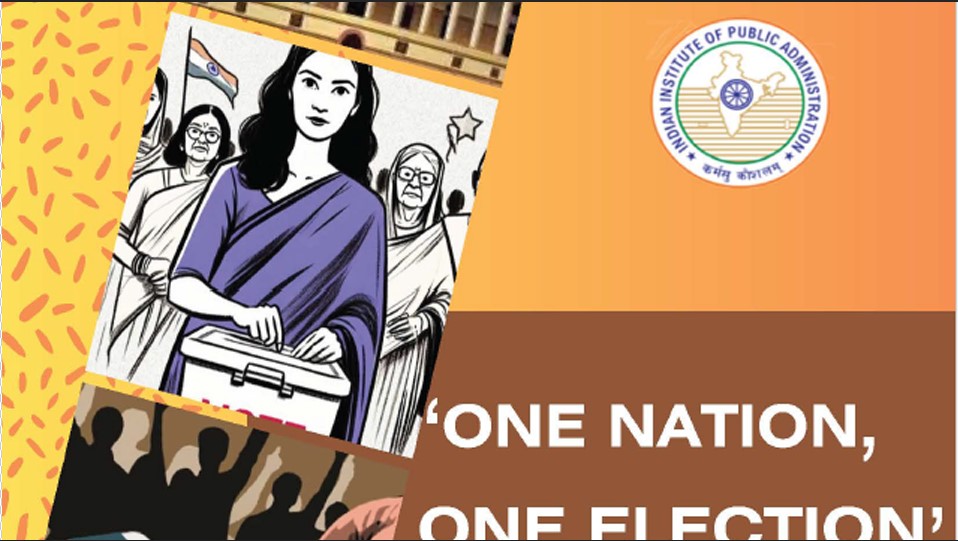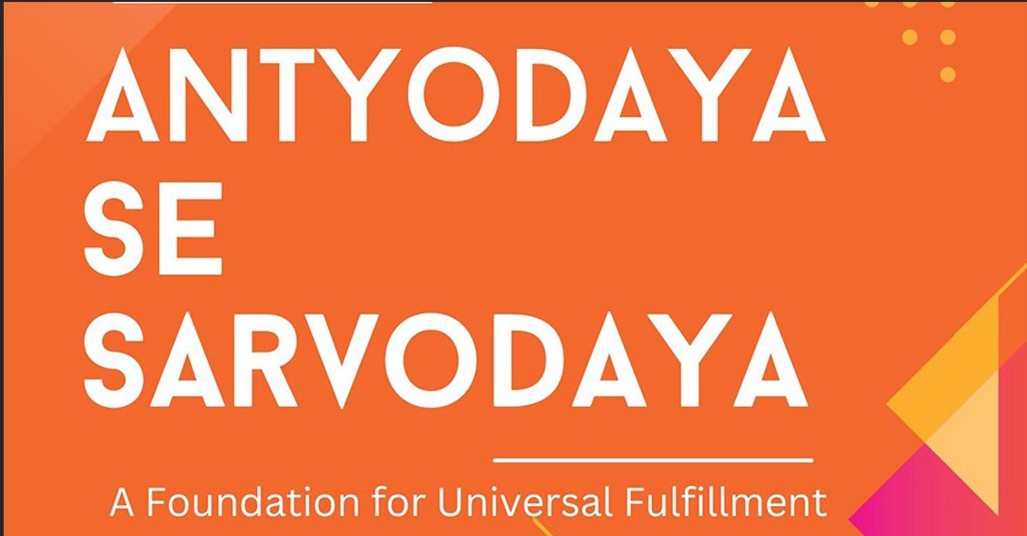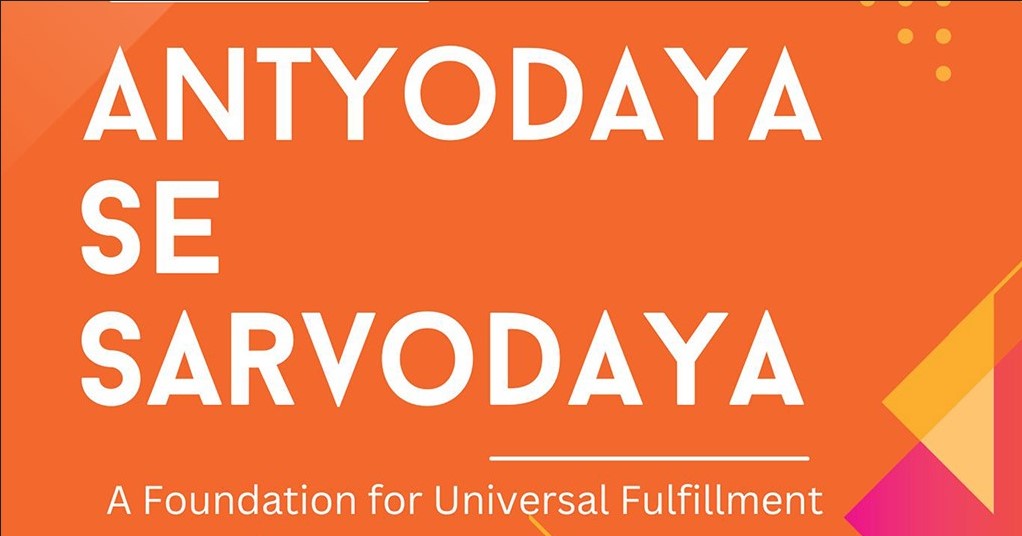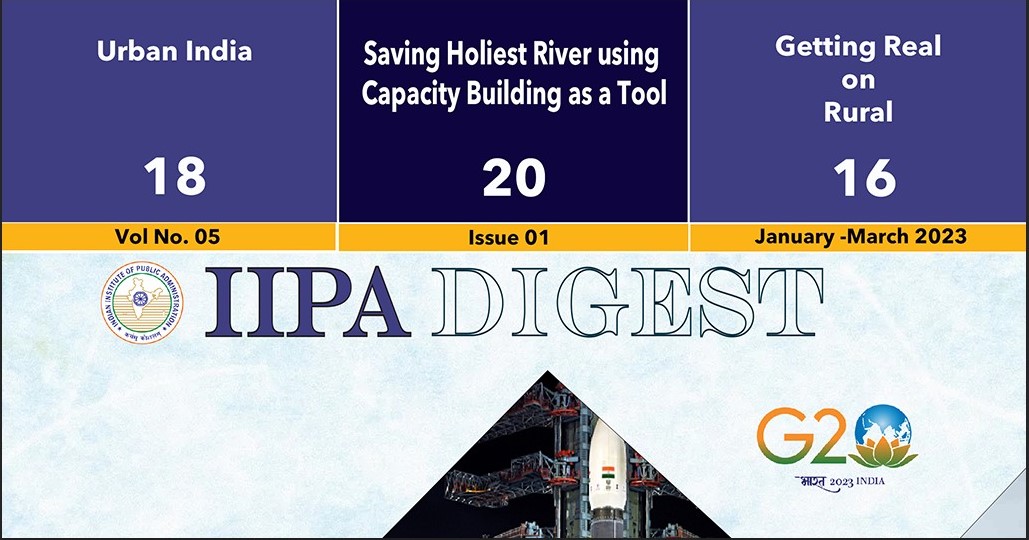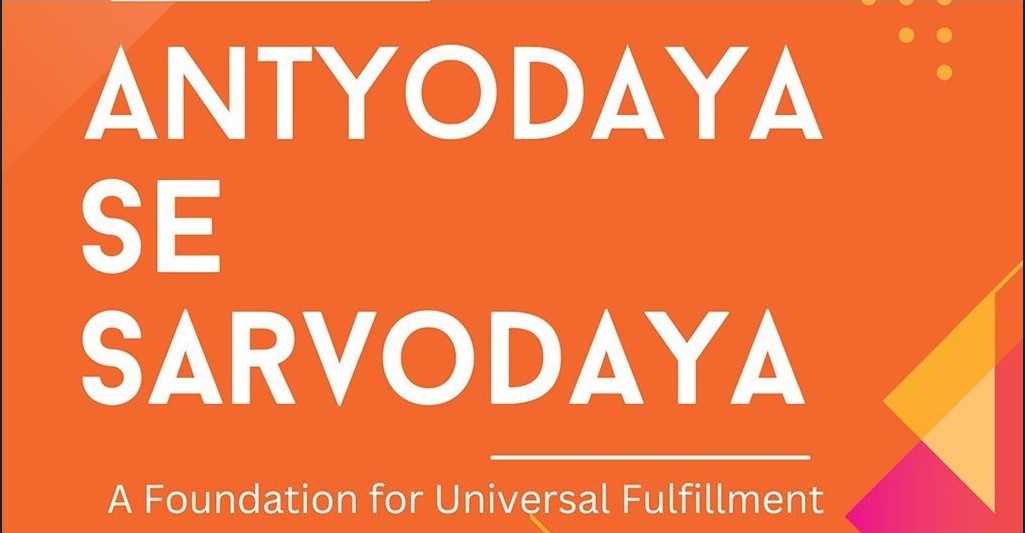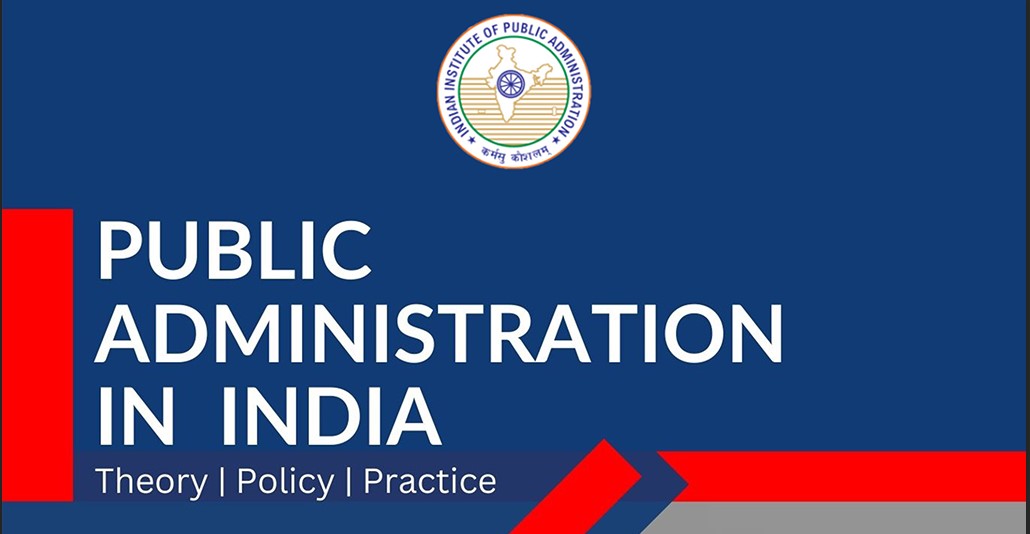Empowering Women in the Indian Armed Forces beyond the Glass Ceiling
Abstract
The integration of women into the Indian Defence Forces marks a significant stride toward gender inclusivity and operational efficiency. This paper examines the challenges and opportunities for women in the Indian Armed Forces, focusing on cultural, institutional, and operational barriers that hinder their natural progress. Despite societal biases, restrictive policies, and logistical challenges, women have consistently demonstrated exceptional capabilities in both leadership and operational roles. Recent policy reforms, such as the grant of permanent commissions and the inclusion of women in combat arms, present unprecedented opportunities for greater representation and influence. The paper explores various strategies for overcoming existing barriers, including the need for comprehensive policy implementation, gender-sensitive infrastructure, and training programmes to nurture leadership among women officers. It highlights the importance of mentorship, awareness campaigns, and the role of male counterparts in fostering an inclusive defence environment. Drawing on the case study of Major Sita Ashok Shelke, which exemplifies the resilience and leadership capabilities of women in the armed forces and also other global best practices, the paper provides actionable recommendations to strengthen the role of women in India's defence forces. By exploring the intersection of gender, leadership, and national security, this study underscores the transformative potential of empowering women in defence and their contribution to shaping a progressive and robust military force for India.
Keywords: Women in Indian Armed Forces; Gender integration and equality in military services; Women in combat and leadership roles
1. Introduction
The inclusion of women in the Indian Armed Forces represents a significant transformation, reflecting broader societal shifts towards gender equality. Traditionally, the military has been a predominantly male domain, with women largely relegated to supportive or peripheral roles. However, the past few decades have witnessed a gradual yet impactful integration of women into various active roles within the armed forces. This journey has been marked by milestones that underscore the evolving perception of women in defence, from the initial exclusion under the Army Act of 1950 to their current roles in combat and leadership positions.
The progression of women in the Indian Armed Forces is not just about breaking barriers but a testament to their resilience, competence, and dedication. As more women take on critical roles, they challenge traditional norms and pave the way for a more inclusive military structure. This paper aims to explore this evolution, delving into the historical context, the multifaceted challenges faced by women, and the strategic recommendations for fostering a gender-inclusive environment. Through this analysis, the paper seeks to contribute to the ongoing discourse on gender roles in the military, advocating for policies and practices that support and empower women in defence. It underscores the need for a concerted effort to dismantle the glass ceiling, enabling women to fully realise their potential and contribute to the nation's defence with equal vitality and recognition.
2. Historical Context
Before we move forward and delve into the current issues, it is important to get a sense of what has transpired and what has been the journey for women in the defence forces hitherto:
a. Camp Followers and Imposters: Until the mid-19th century, women's roles in the military were largely restricted to supportive tasks such as cooks, nurses, midwives, seamstresses, laundresses, and even prostitutes. These roles were essential for the physical and emotional well-being of soldiers. A notable figure was Dr. James Barry, an army surgeon who served from 1813 to 1864, later revealed to be a woman.
Figure 1: Illustration showing the Army Bandwagon with Women and Children
a. Nursing Profession: The mid-19th century saw a shift, with women increasingly excluded as the armies moved from being irregular forces to a professional outfit. However, the Crimean War (1854-56) saw the emergence of the Great Florence Nightingale, who revolutionised nursing during the war, led to the establishment of the Army Nursing Service in 1881.
Figure 2: Illustration showing Florence Nightingale in the Crimean War
b. War Work for Women: The 20th century saw women taking on more active roles during wartime. Alexandra Kudasheva commanded the Russian Light Cavalry from 1915-17, while the Rani of Jhansi Battalion was established by the Indian National Army in 1942. Notably, Princess Elizabeth joined the Auxiliary Territorial Service as a driver and mechanic in 1945.
Figure 3: Women Registering for War Duties during World War II
c. Women as Combat Soldiers: By the 1970s, almost all Western armies allowed women in active military service, including combat roles. In 1985, the Royal Norwegian Navy permitted women to serve in submarines, the ultimate male bastion so far. However, this period also witnessed significant challenges, including discrimination and widespread sexual violence.
d. Women in the Indian Armed Forces. The journey of women in the Indian Armed Forces began with the Army Act of 1950, which initially made women ineligible for regular commissions. Significant milestones include: -
• 1958: TheArmy Medical Corps became the first branch to award regular commissions to women in the Indian Army.
• 1992: Induction of women into various Services as Short Service Commission Officers.
• 1994. The first lot of women pilots is commissioned into the Indian Air Force.
• 2000. Indian women began serving in United Nations peacekeeping forces as part of the Indian Contingents.
• 2010. Women Officers are inducted into the combat-support roles like Engineers and Signals.
• 2015. A landmark year in the history of the Indian Air Force, wherein the first women fighter pilots were inducted.
• 2020. For the first time, Permanent Commission is granted to 557 women officers.
• 2021. 19 Women cadets join the National Defence Academy, the premier tri-service’s pre-commissioning training institute.
• 2022. Women officers are commissioned into the Corps of Artillery, thereby ensuring that women subscribe to all the branches of services and supporting arms.
• 2023. 108 women officers assumed command assignments, marking a watershed moment in the history of the Indian Armed Forces.
3. Challenges Faced by Women in the Armed Forces
Despite significant strides in integrating women into the armed forces, numerous challenges persist that hinder their optimal participation and advancement. These challenges can be broadly categorised into cultural, institutional, and operational domains and are discussed in subsequent paragraphs.
Cultural Challenges.
o Patriarchal Norms. Deep-rooted societal beliefs and patriarchal norms continue to shape perceptions about women's roles in the Armed Forces. This often results in resistance to their inclusion, especially in combat and leadership positions.
o Gender Stereotypes. Women in the armed forces frequently encounter stereotypes that question their physical and mental capabilities, thereby limiting their acceptance and progression.
o Gender Discrimination. Incidents of gender discrimination and sexual harassment remain prevalent, creating an environment that can be hostile and discouraging for women.
o Biological Realities. The unique physiological needs of women, such as maternity and menstrual health, are often inadequately addressed, leading to additional challenges in maintaining their well-being and readiness.
Institutional Challenges.
o Policy Restrictions. Institutional policies still restrict women's participation in certain branches and ranks, particularly in combat arms, despite judicial and policy reforms aimed at promoting gender equality.
o Slow Implementation of Reforms. The pace of implementing judicial orders, such as those mandating permanent commissions and command assignments, is often slow, delaying the intended benefits.
o Mental Distress and Isolation. Being a minority within the armed forces, women often face isolation and mental distress, which can affect their morale and overall performance.
o Limited Representation. Women are significantly underrepresented in decision-making roles, which limits their influence on policies and practices that could benefit their inclusion and advancement.
Operational Challenges.
o Logistical Barriers. The lack of adequate infrastructure, such as gender-specific accommodation and sanitation facilities in the field and combat zones, poses significant logistical challenges.
o Safety Concerns. Women deployed in remote and high-stress postings often face safety concerns, including the risk of harassment and inadequate protection measures.
o Inadequate Mentorship. The scarcity of mentorship programmes tailored to the needs of women officers hampers their professional growth and career development.
o Continuous Comparison. Women in the Armed Forces are frequently subjected to comparisons with their male counterparts, often leading to undue scrutiny and pressure to prove their competence.
Addressing these challenges requires a holistic approach that combines policy reforms, cultural change, and infrastructure development. By tackling these issues head-on, the Indian Armed Forces can create a more inclusive and supportive environment that empowers women to thrive and contribute effectively to the nation's defence.
4. Case Study: Major Sita Ashok Shelke
Major Sita Ashok Shelke's career stands as a remarkable example of the potential and impact of women in the Indian Armed Forces. Commissioned into the 203rd Engineer Regiment in 2012, Major Sita embarked on her military journey with the same rigorous training and deployment schedules as her male counterparts. From the outset, she demonstrated an unwavering commitment to excellence, refusing to seek any undue favours or softer options traditionally afforded to women in the military. Her leadership qualities were evident early in her career. Major Sita’s interactions with her unit, particularly the jawans, were characterised by fairness, firmness, and a deep sense of camaraderie. She earned their respect through her hands-on approach, often engaging directly in fieldwork and challenging tasks. Her ability to blend empathy with authority made her an exemplary leader who could inspire and motivate her team effectively.
One of the most defining moments of her career came during the Wayanad disaster in July 2024. Major Sita volunteered not only to be part of the rescue team but also to lead the same. She was the only woman in the rescue team earmarked for the operations. The disaster response required not only technical acumen but also exceptional leadership skills. Major Sita rose to the occasion, exhibiting unparalleled courage and resourcefulness. Her role involved coordinating with civil administration, managing aggrieved local populations, and handling persistent media attention, all the while ensuring the safety and effectiveness of her team. Her efforts during the Wayanad disaster were widely recognised and lauded. Major Sita's leadership style, which emphasised leading from the front and fostering a team-oriented approach, proved crucial in the successful execution of the rescue operations. Her ability to always be ahead of the curve and manage resources efficiently while maintaining high morale among her team members under stressful conditions highlighted her exceptional capabilities.
The story of Major Sita Ashok Shelke underscores the broader narrative of women's evolving role in the armed forces. It demonstrates how women, when given equal opportunities, can excel in traditionally male-dominated fields. Major Sita’s achievements not only challenge existing stereotypes but also pave the way for future generations of women in the military. This case study serves as a powerful reminder of the importance of gender diversity and the need to continue breaking down barriers that limit women’s participation in defence forces. Major Sita's journey is a testament to the fact that with the right support and opportunities, women can contribute as effectively and significantly as their male counterparts to the nation's security and defence.
5. Recommendations for a Gender-Inclusive Armed Forces
To foster a gender-inclusive Armed Force, it is essential to implement a multifaceted strategy that addresses deep-rooted cultural, institutional, and operational barriers. The following recommendations provide a comprehensive roadmap for achieving this goal: -
Policy and Legal Framework.
o Implement Judicial Orders. Ensure the swift and full implementation of Supreme Court orders on permanent commissions and command assignments for women. This will provide women with equal opportunities for career advancement and leadership roles.
o Develop Women-Friendly Policies. Introduce policies that support the unique needs of women, such as flexible postings for married women and working mothers. This will help balance their professional and personal responsibilities.
Infrastructure and Safety Measures.
o Improve Gender-Sensitive Infrastructure. Upgrade accommodation, sanitation facilities, and other infrastructure to cater specifically to women in the field and combat zones. This will create a more conducive environment for women to perform their duties.
o Establish Robust Safety Mechanisms. Implement strong measures to address harassment and gender-based discrimination. This includes setting up dedicated grievance redressal mechanisms and ensuring swift action against offenders.
Mentorship and Career Guidance.
o Create Mentorship Programmes. Develop structured mentorship programmes where senior leaders can guide and support women officers. This will help in their professional growth and career development.
o Promote Inter-Services Collaboration. Encourage collaboration among different branches of the Armed Forces to share best practices and success stories, fostering a culture of learning and mutual support.
Equitable Exposure.
o Ensure Equal Career Opportunities. Provide women with similar career paths as their male counterparts, including participation in UN missions and foreign training based on merit. This will not only enhance their self-confidence but also their exposure and experience.
o Increase Representation in Decision-Making. Actively promote women to decision-making roles to ensure their perspectives are included in shaping policies and practices.
Role of Male Allies in Leadership Development.
o Train Male Leaders. Conduct training programmes for male leaders to sensitise them to the challenges faced by women and equip them to mentor and support their female colleagues effectively.
o Build a Culture of Allyship. Foster an organisational culture that encourages male allies to proactively support gender diversity and inclusion initiatives.
Leadership Training.
o Incorporate Women-Specific Modules. Include modules focused on the unique challenges and strengths of women in leadership training programmes at premier institutions like the National Defence Academy, Indian Military Academy, Army War College, and National Defence College.
o Encourage Participation in All Activities. Mandate and encourage women’s participation in all military activities to enhance their skills, exposure, and confidence.
By implementing these recommendations, the Indian Armed Forces can create a more inclusive environment that leverages the full potential of women. This not only contributes to gender equity but also enhances the overall effectiveness and resilience of the military.
6. Conclusion
The journey towards a gender-inclusive Indian Armed Forces is both necessary and beneficial, not only for achieving gender equity but also for enhancing the operational effectiveness and adaptability of the military. The integration of women into various roles within the Armed Forces reflects a broader commitment to diversity and inclusivity, which are critical for addressing contemporary security challenges. Empowering women in defence goes beyond merely increasing their numbers; it involves creating an environment where they can thrive, contribute meaningfully, and ascend to leadership positions. The case of Major Sita Ashok Shelke exemplifies the tremendous potential women bring to the armed forces when given equal opportunities. Her achievements underscore the importance of fostering a supportive and inclusive military culture that values the unique strengths women offer.
The recommendations outlined in this paper provide a comprehensive roadmap for addressing the existing challenges and paving the way for more inclusive Armed Forces. By implementing policy reforms, enhancing infrastructure, promoting mentorship, and fostering allyship, the Indian Armed Forces can create a more conducive environment for women to excel. In conclusion, achieving gender inclusivity in the armed forces is not just a matter of social justice but a strategic imperative. Diversity enhances problem-solving, decision-making, and operational efficiency. By breaking down barriers and embracing gender diversity, the Indian Armed Forces can not only uphold the principles of equality but also strengthen their capabilities to meet the demands of a dynamic and complex security environment.
References
1. 494: Women in Indian Armed Forces: Prospects and Challenges – Air Marshal’s Perspective. (2024, July 17). 55nda.com. https://55nda.com/blogs/anil-khosla/2024/07/17/women-in-indian-armed-forces-prospects-and-challenges/
2. Nations, U. (2019). Three takeaways on women in defence | United Nations. United Nations. https://www.un.org/en/peace-and-security/three-takeaways-women-defence
3. Nuciari, M. (n.d.). Women in the Military. Handbooks of Sociology and Social Research, 279–297. https://doi.org/10.1007/0-387-34576-0_16
4. Publication. (2025). Usiofindia.org. https://www.usiofindia.org/publication-journal/women-in-the-armed-forces-misconceptions-and-facts.html
5. Reis, J., & Menezes, S. (2019). Gender Inequalities in the Military Service: A Systematic Literature Review. Sexuality & Culture. https://doi.org/10.1007/s12119-019-09662-y
6. Sharma, A., & Gupta, P. K. (2021). Representation of Women in Indian Armed Forces. Academia Letters. https://doi.org/10.20935/al647
7. Team, C. (2024, February 28). Women in the Defence Forces. PMF IAS.https://www.pmfias.com/women-in-defence-forces/
8. Towards Equal Opportunity for Women in the Defence Sector. (n.d.). In www.un.org (pp. 1–71). United Nations. Retrieved December 15, 2024, from
https://www.un.org/ssr/sites/www.un.org.ssr/files/general/dpo_women_in_defence_web.pdf
9. Women in the armed forces: promoting equality, putting an end to gender-based violence | Refworld. (2023). Refworld https://www.refworld.org/reference/themreport/coepace/2016/en/113942
10. Women in the Indian Armed Forces - History, Roles, Challenges & Achievements. (2023). Testbook. https://testbook.com/articles/women-in-the-indian-armed-forces
Leave a comment
More articles from Governance & Polity




